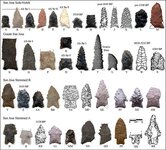chong2
Bronze Member

Im super excited to have found another! But its killing me that i cant get a positive id on them!
The base was recently found, about 15 miles of the two black ones. The base has two flutes on one side, or thinning strikes. All are made out of a basalt material. All are heavily ground super smooth.
Now for there to be this many points of the same type, there has gotton to be a name for these guys.
To be honest, and what im going to call these are Quads, they have every characteristic as the easter Quad, minus the paleo flaking, possibly due to the material used? To me they feel transitional early archaic.
Someone told me awhile back Armijo Cluster, but I have many doubts.
Quads were around many years, so why the hell couldnt they have made thier way this way?
Another possible type is a San Patrice variety or even Dalton Greenbier. Anyone have any input on these let me know, found in SW USA.
Its really driving me crazy



Again, im going Quad, if you have arguments or anything, feel free to express, open book on this one
Amazon Forum Fav 👍
Attachments
Upvote
0


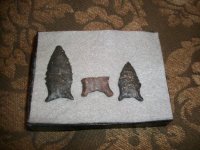
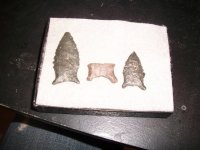
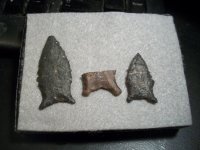
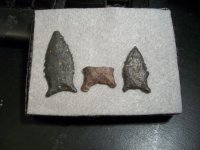
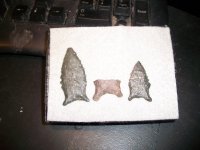
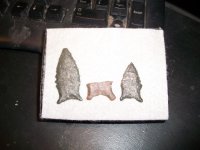
 I always think of Golondrinas and San Patrices when I think of Texas, but there are obviously many other types of Dalton points in TX also.
I always think of Golondrinas and San Patrices when I think of Texas, but there are obviously many other types of Dalton points in TX also.  ...........GTP........
...........GTP........ lol
lol which will more thank likely happen, this is 3 pieces in less than two years found.
which will more thank likely happen, this is 3 pieces in less than two years found.